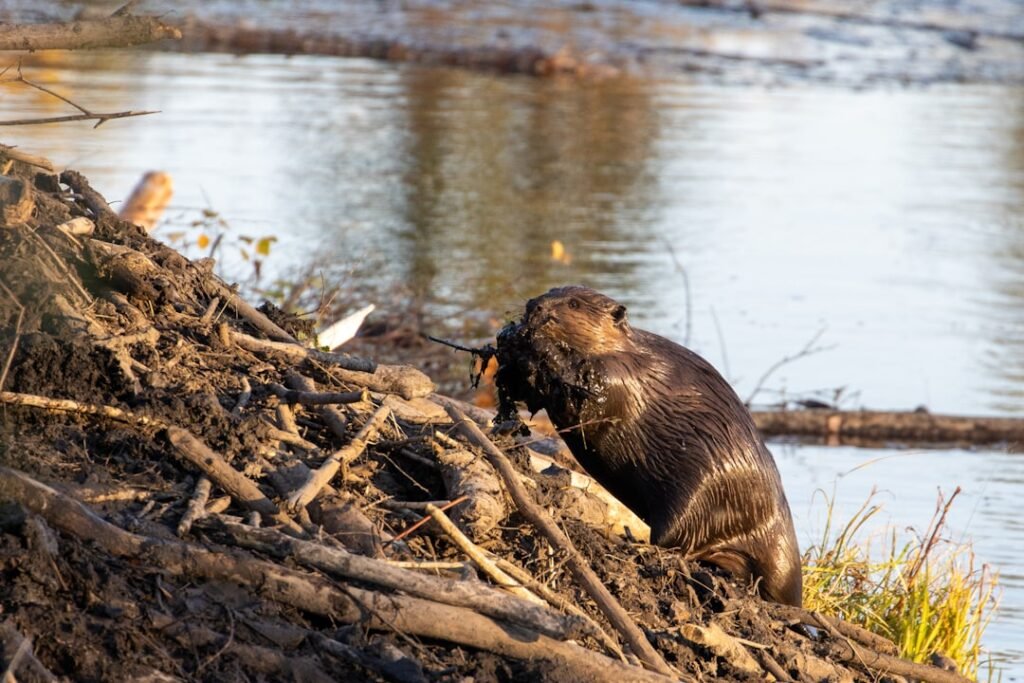Astrology isn’t a lab instrument, but it does hand us a curious lens for thinking about behavior, discipline, and how living things solve problems. Virgo, often described as precise, service-minded, and quietly relentless, offers a tidy bridge between cultural symbolism and the science of real animal strategies. Rather than mysticism, think of spirit animals here as metaphors anchored in field biology and behavioral ecology. On a foggy morning last week, I watched a heron freeze at the shoreline for what felt like ages, and it reminded me how patience can be the sharpest tool in the kit. This story follows six species whose survival tactics echo Virgo’s grounded, meticulous approach – and what that parallel can teach us about the practical side of nature.
Beaver: The Builder’s Logic
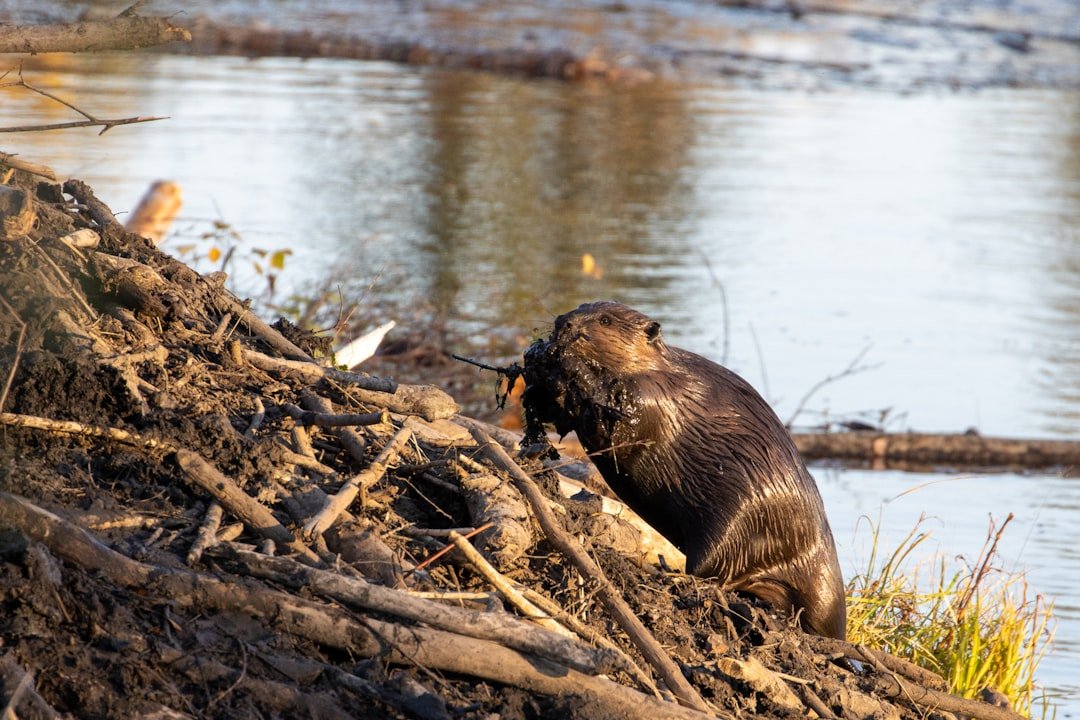
Beavers shape water like engineers shape traffic, and their dams reveal a mindset that would make any planner nod. They select sites with an eye for flow, materials, and payoff – enough depth for lodge entrances, enough slackwater to stash winter food. Field studies describe how their choices alter entire watersheds, slowing floods, storing sediment, and creating habitat patches that benefit fish, frogs, and birds. It’s not neatness for its own sake; it’s a calculated investment in long-term stability.
In Virgo terms, the beaver’s genius is pragmatic architecture rather than flashy design. A dam isn’t beautiful because it’s symmetrical; it’s beautiful because it works under stress. When water rises or a log shifts, a beaver doesn’t panic – it patches, reinforces, and moves on. That steady, fix-what’s-in-front-of-you ethic is exactly the kind of practical magic that keeps complex systems alive.
Honeybee: The Industrious Networker
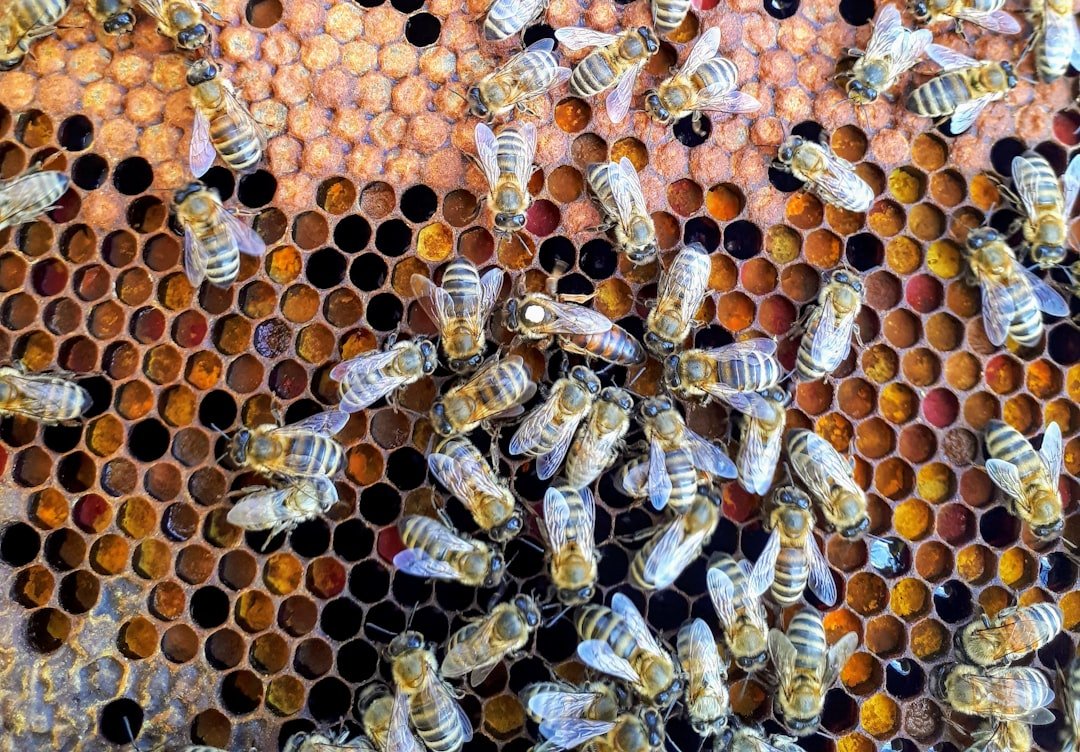
Honeybees run a community project at astonishing scale, where efficiency is the heartbeat. Foragers don’t hoard information; they share it through the waggle dance, turning sunlight, angles, and distance into a portable map. Inside the hive, roles rotate with age, from nurse to guard to forager, spreading risk and knowledge in a way that keeps the entire system resilient. It’s logistics wrapped in biology, and it works because cooperation is normal, not special.
Virgo’s hallmark is useful precision, and bees deliver it in millimeters and minutes. They track nectar windows, match storage to seasonal need, and ventilate the brood nest with coordinated fanning that would put some HVAC plans to shame. The lesson isn’t sacrifice – it’s alignment, where individual actions click into a shared purpose. When the map is clear and feedback is fast, practical effort compounds.
Heron: The Patient Strategist
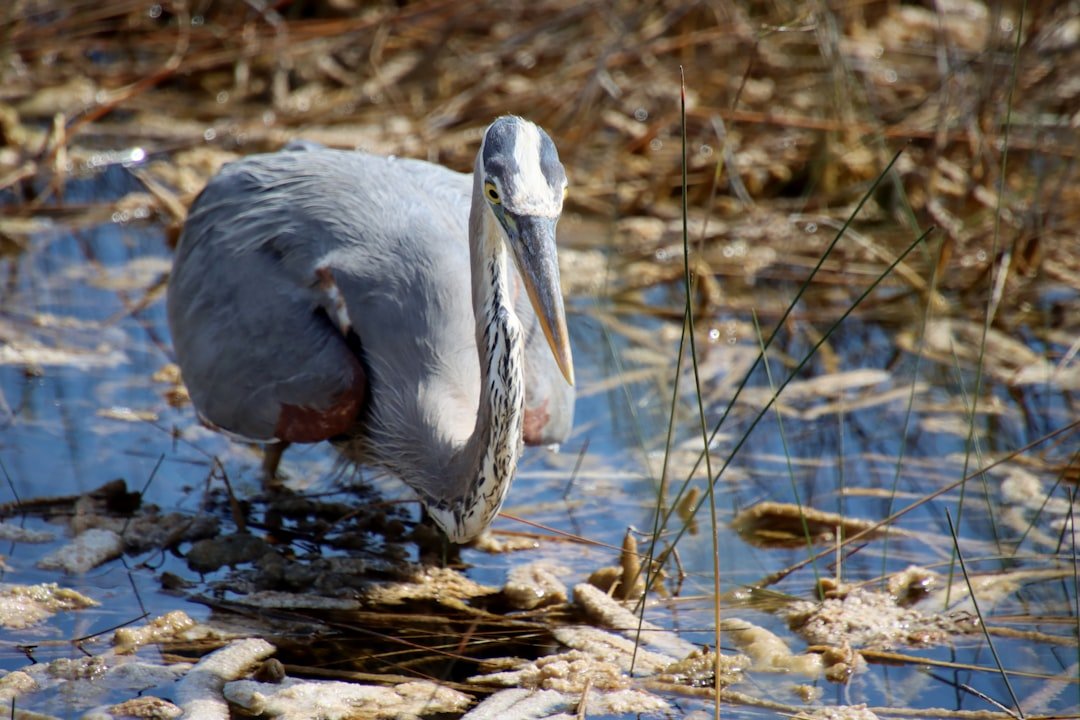
Great blue herons don’t chase; they calculate. With eyes tuned to glare and legs that barely ripple water, they turn stillness into a hunting tool. The advantage is cost control: waste fewer lunges, burn fewer calories, and fail less often in the moments that matter. Field observers note how micro-positioning – shifting by inches, not yards – changes odds when a fish veers or the light skews.
Practicality here is restraint, not urgency. The heron embodies a Virgo-like belief that careful timing beats constant motion. There’s a quiet confidence in doing nothing until the right something appears. In a world that rewards the loudest tap on the glass, the heron proves that precision can be louder than noise.
Goat (Ibex): The Surefooted Planner

Alpine ibex move like geometers come to life, reading cliffs as if they’re blueprints. Their split hooves and rubbery pads provide traction, but it’s the route-finding that’s breathtaking – choosing ledges that balance speed, safety, and energy use. Evasion isn’t frantic; it’s modeled, step by deliberate step, against a terrain that never negotiates. Researchers watching their ascent patterns often describe a bias toward stable footholds over risky leaps, even when the direct line is tempting.
That choice structure mirrors Virgo’s preference for reliable systems over shortcuts. The mountain doesn’t care about bravado, and mistakes carry a steep cost. So the ibex invests in redundancy, always keeping a backup ledge in play. It’s not fear – it’s smart planning, and the summit stays within reach because the path was designed to hold.
Ant: The Organized Collaborator
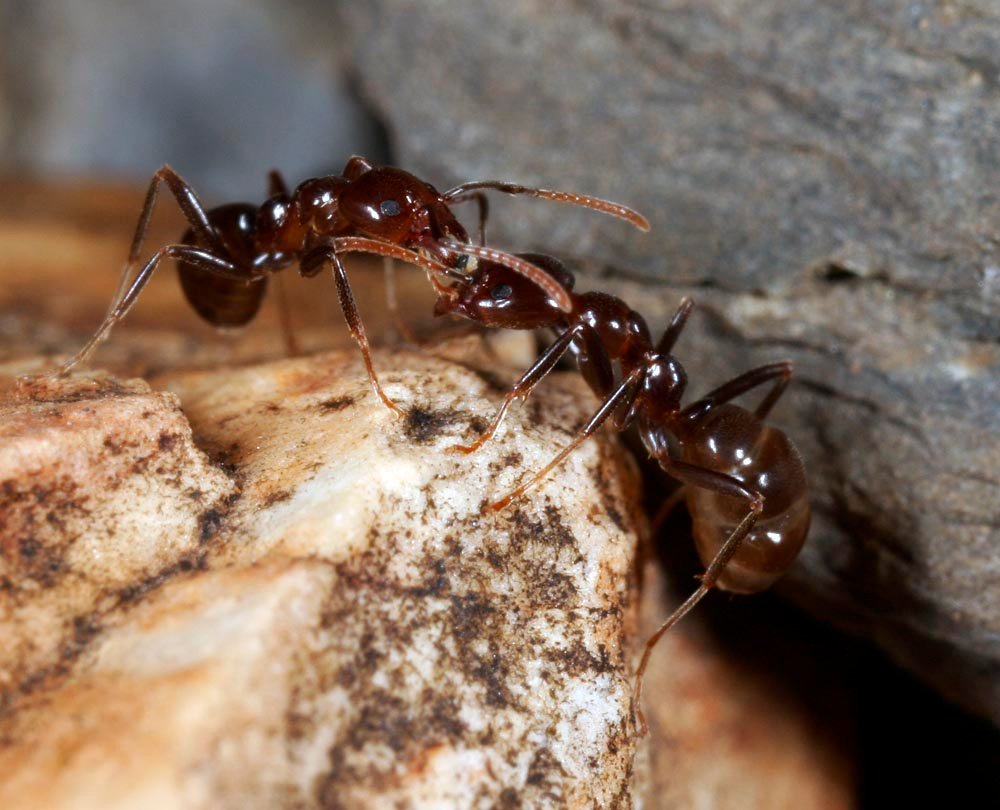
Ant colonies run supply chains with refreshing clarity. Scouts explore, return, and lay chemical trails that help the group converge on the best routes, even when obstacles appear. Over time, those trails self-optimize: shorter, safer, more reliable paths get reinforced, while clumsy ones fade. You can watch a colony solve a maze and see a living algorithm, not a crowd of individuals.
That’s the Virgo mood: system over spectacle. The point isn’t to be the fastest ant; it’s to help the whole network deliver. In practical terms, ants show how tiny, repeatable actions beat irregular bursts of brilliance. The colony doesn’t romanticize effort – it measures results, then updates the playbook.
Owl: The Discerning Observer
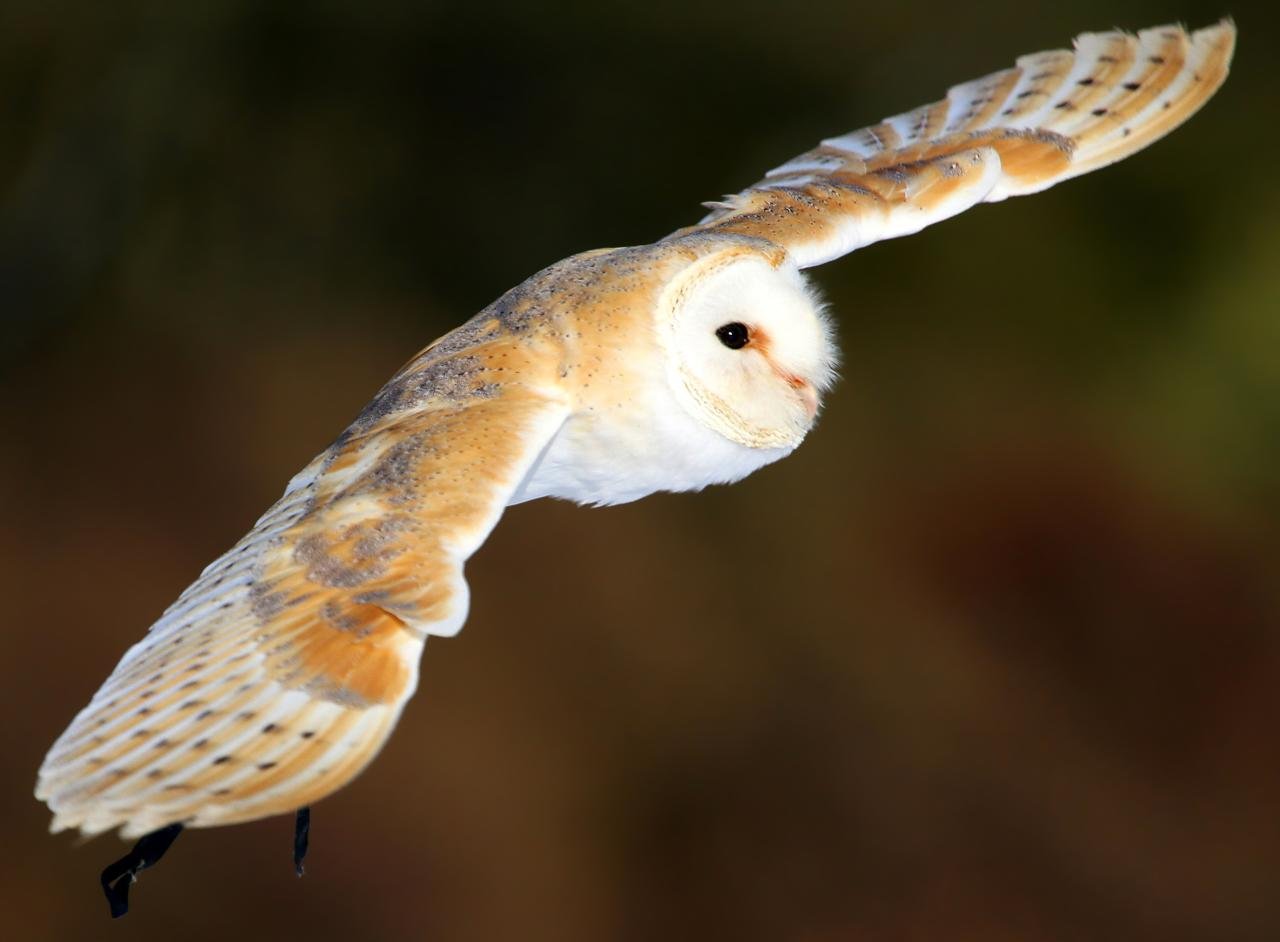
Owls specialize in information advantage. Their facial discs funnel sound, asymmetrical ears triangulate with eerie accuracy, and their flight feathers are designed for silence. Instead of racing their prey, they out-sense it, trading speed for superior data. When the strike comes, it feels inevitable because the groundwork – listening, watching, calibrating – was already done.
That’s a practical doctrine dressed as mystique. Virgo energy thrives on good inputs and clean inference, the way an owl thrives on sound maps and shadows. It’s a reminder that decision quality often hides upstream of the decision itself. Gather better facts, and suddenly “luck” looks a lot like preparation.
Why It Matters
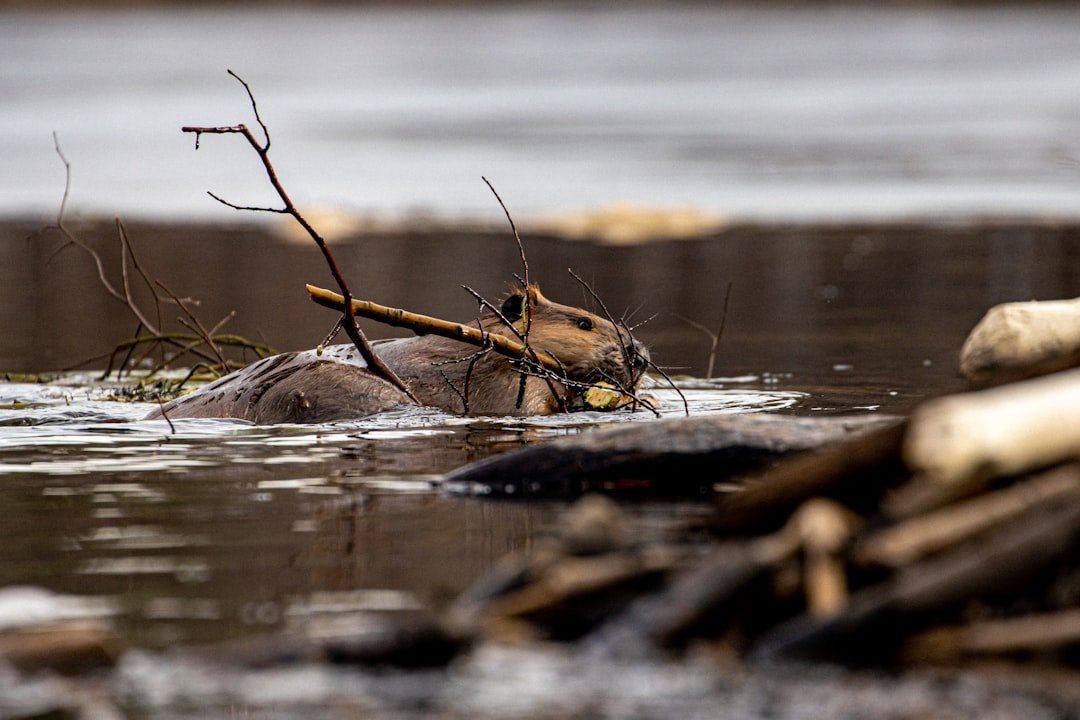
Pairing Virgo’s reputation with field biology isn’t about proving a zodiac; it’s about sharpening our vocabulary for practical behavior. Traditional personality tools talk in broad strokes, but animals give us hard examples: a beaver’s dam that buffers floods, an ant trail that streamlines traffic, a heron’s pause that saves energy. When we read symbolism through the lens of ecology, we stop arguing about belief and start asking what actually works. The metaphor becomes a teaching device anchored to observable patterns.
For people who manage teams or habitats, this translation is surprisingly actionable. You can build beaver-like buffers into project timelines, rotate roles like bees to spread expertise, or adopt heron-style pauses before high-stakes moves. Consider a few practical takeaways: – Build redundancy where failure is costly. – Share information quickly in formats others can act on. – Optimize routes, not reputations, and let feedback prune bad paths.
The Future Landscape
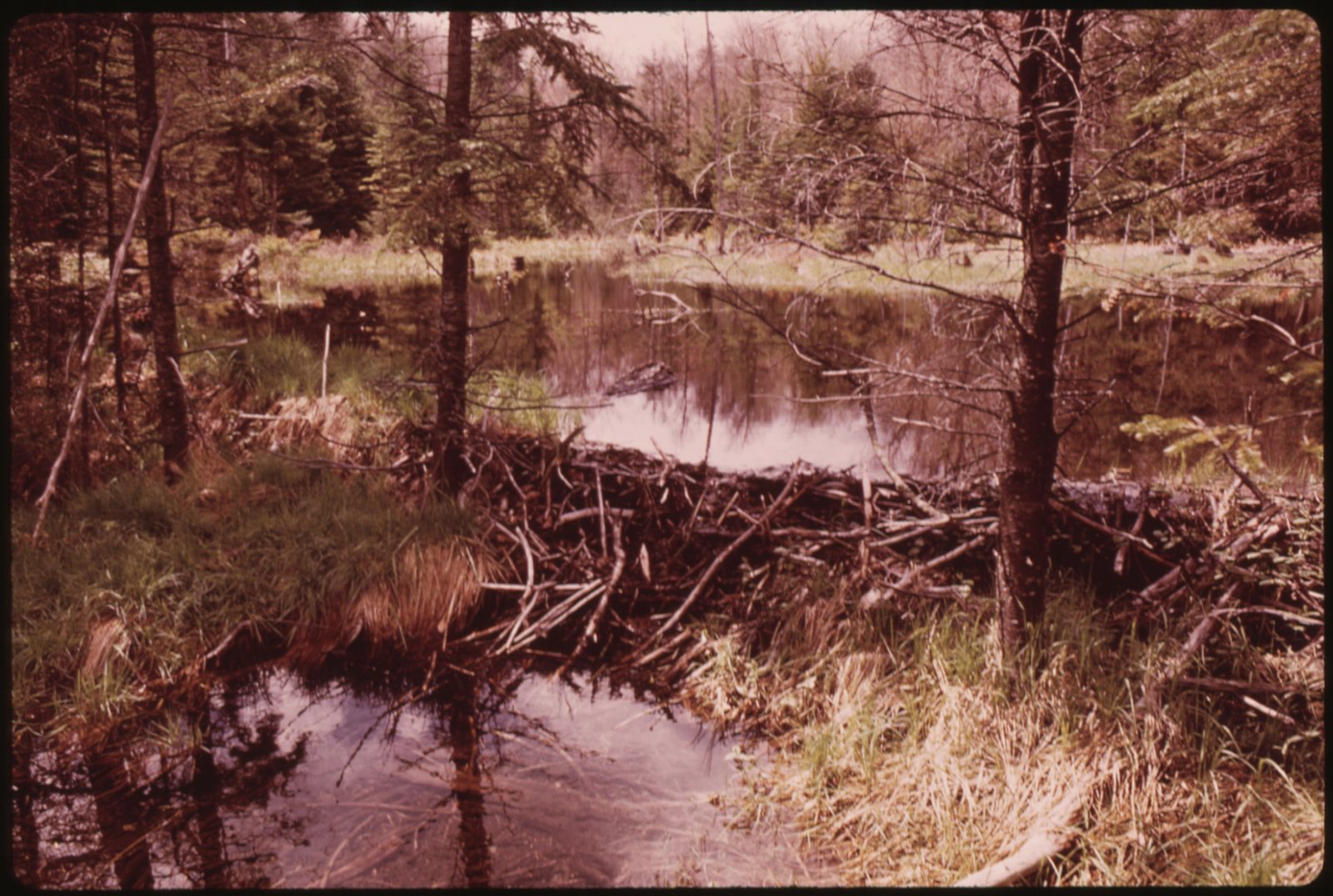
As climate volatility reshapes watersheds and seasons, the animals above are moving targets – and so are our metaphors. Beaver-assisted restoration is expanding in North America, using dam analogs and relocation to revive wetlands that store water and cool streams. Bioinspired robotics now mimics ant navigation and bee coordination to improve swarms that can map disaster zones or pollinate in controlled environments. Even acoustic and thermal imaging tech, tuned by owl physiology, is informing quieter drones and better wildlife monitoring.
The challenge is to keep the science honest while the stories spread. That means measuring outcomes – more groundwater recharge where beaver structures go in, more pollinator diversity where habitat corridors exist, more accurate counts where sensors learn from owl hearing. Practical nature is a moving field lab, not a slogan. If we treat these spirit animals as evolving case studies, the symbolism stays fresh because the data drives the update.
Conclusion

Start small and local: support riparian restoration projects that welcome beavers, plant native flowering strips for pollinators, and keep shoreline zones intact for stealth hunters like herons. Get curious about the ant-level logistics in your own life – simplify routes, shorten feedback loops, and let better paths replace noisy ones. Encourage community science programs that monitor birds of prey, water quality, and insect diversity, because trends appear earliest in the data we actually collect.
If you have a platform, use it to champion policies that protect wetlands, connect fragmented habitats, and fund research that tests bioinspired solutions in the field. Practicality scales when we reward what works and retire what doesn’t. The animals have shown the blueprint; our job is to build with the same steady hands.

Suhail Ahmed is a passionate digital professional and nature enthusiast with over 8 years of experience in content strategy, SEO, web development, and digital operations. Alongside his freelance journey, Suhail actively contributes to nature and wildlife platforms like Discover Wildlife, where he channels his curiosity for the planet into engaging, educational storytelling.
With a strong background in managing digital ecosystems — from ecommerce stores and WordPress websites to social media and automation — Suhail merges technical precision with creative insight. His content reflects a rare balance: SEO-friendly yet deeply human, data-informed yet emotionally resonant.
Driven by a love for discovery and storytelling, Suhail believes in using digital platforms to amplify causes that matter — especially those protecting Earth’s biodiversity and inspiring sustainable living. Whether he’s managing online projects or crafting wildlife content, his goal remains the same: to inform, inspire, and leave a positive digital footprint.

